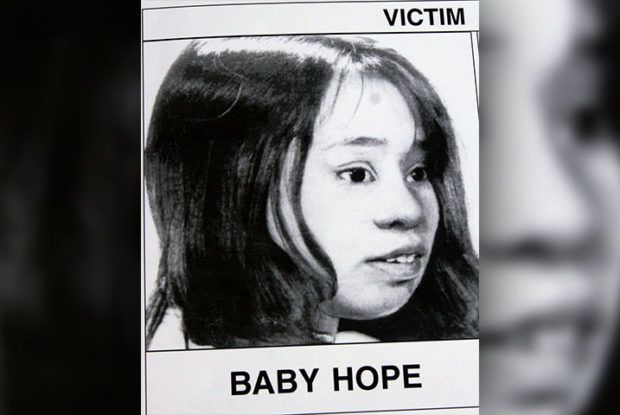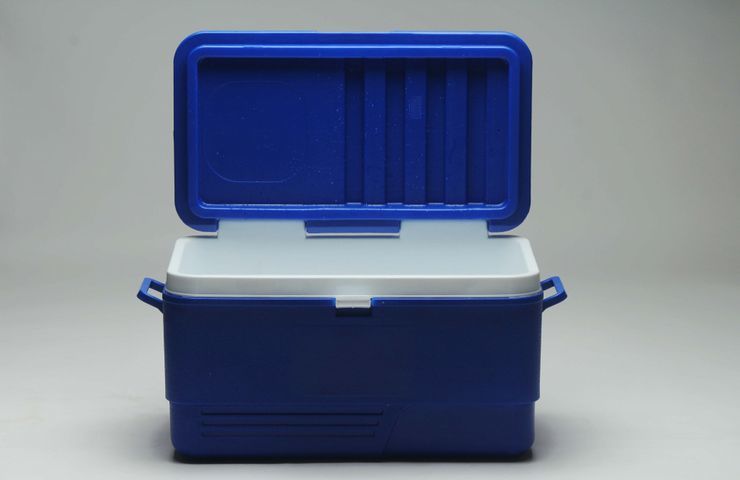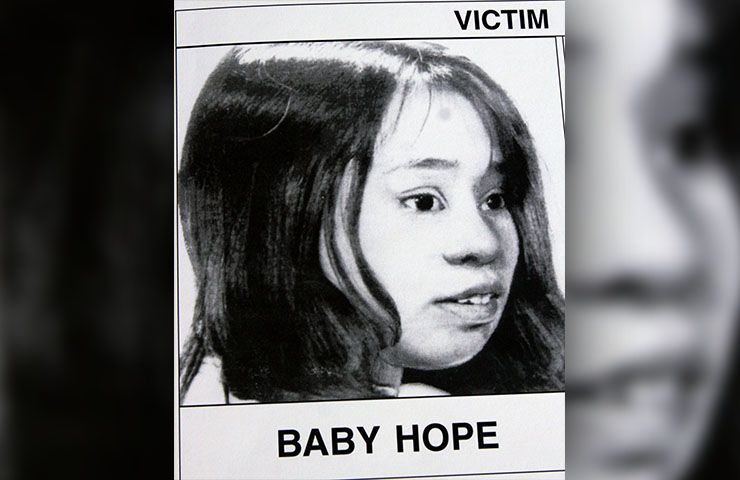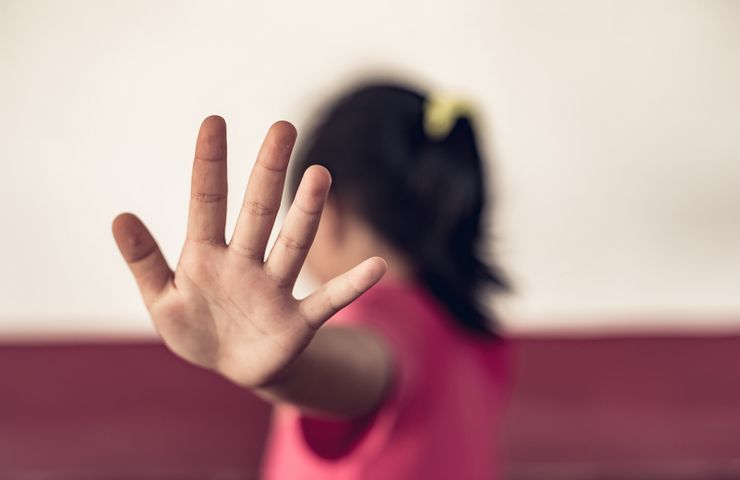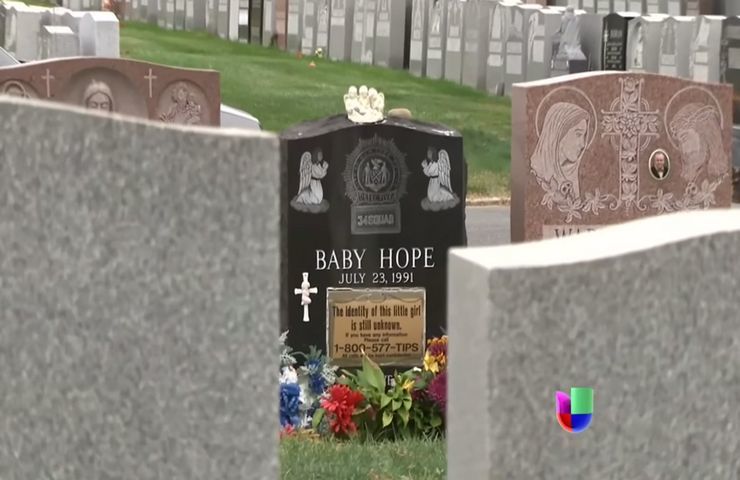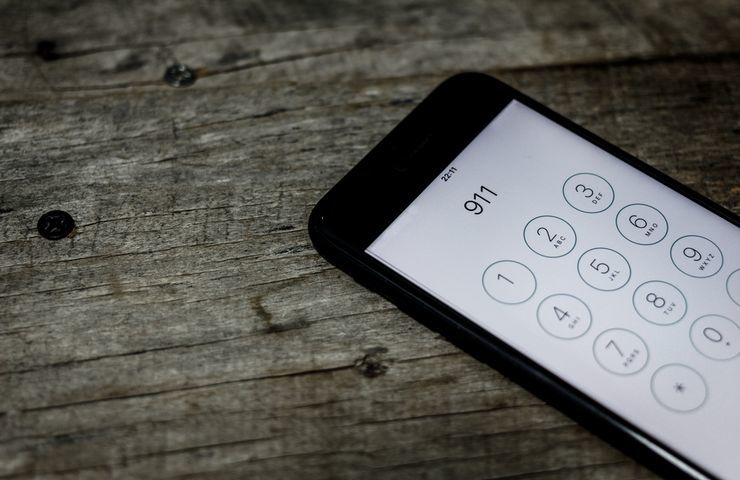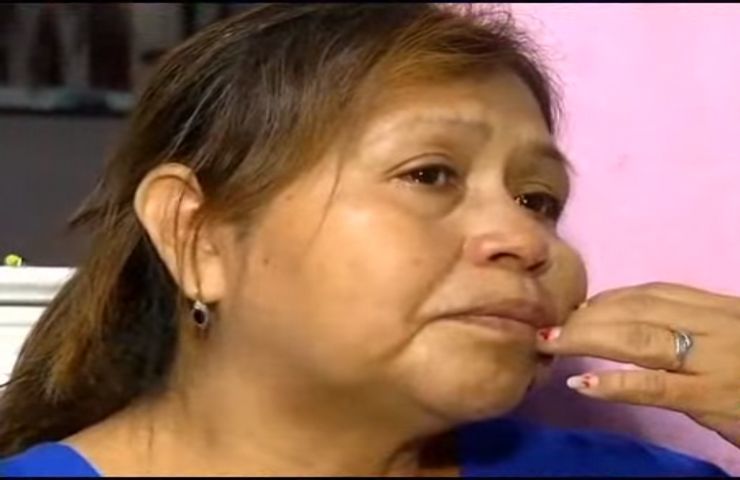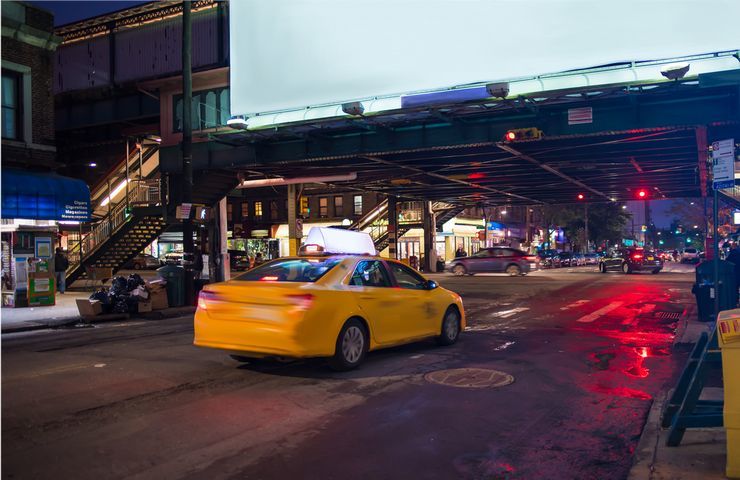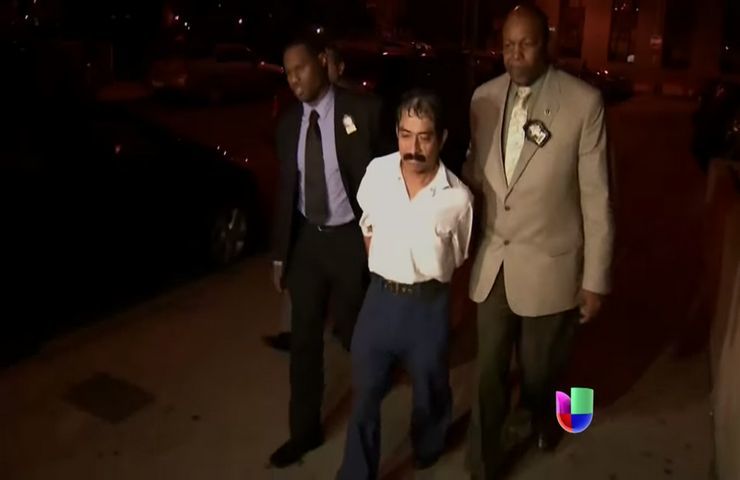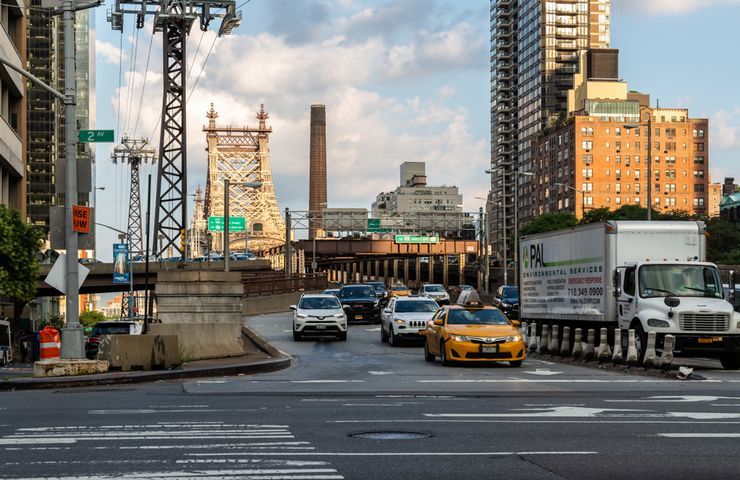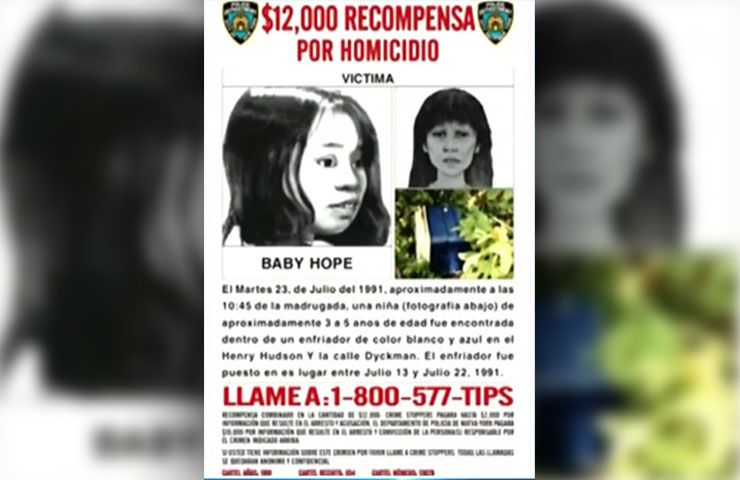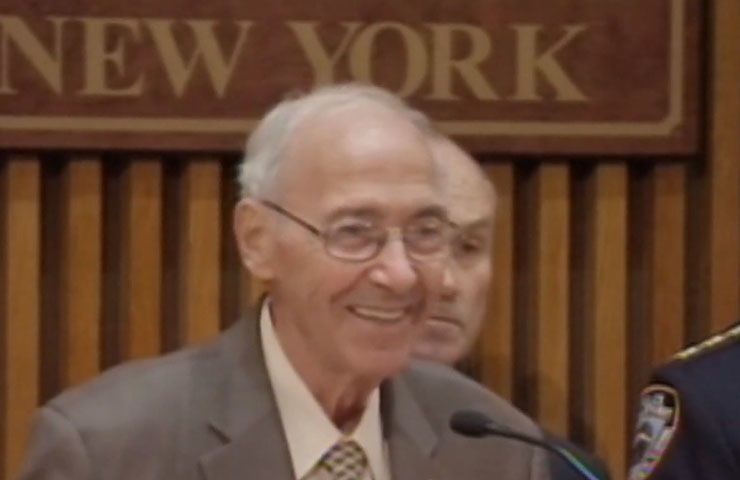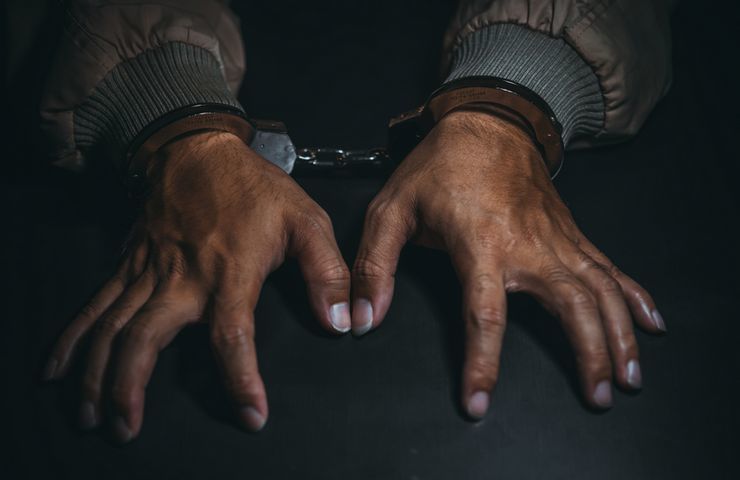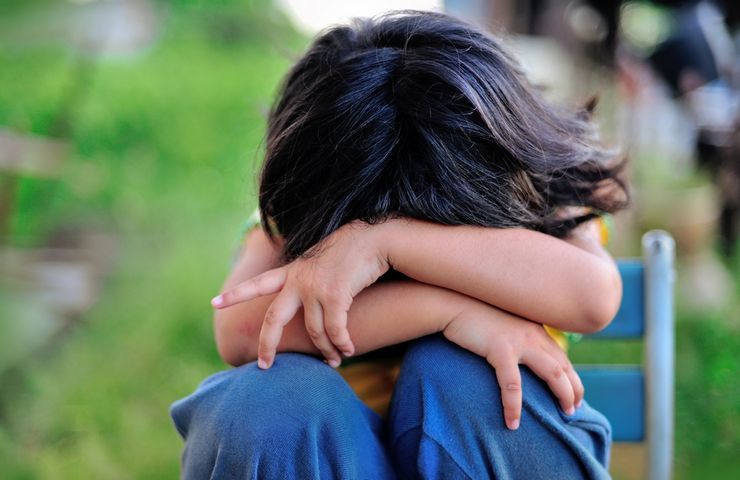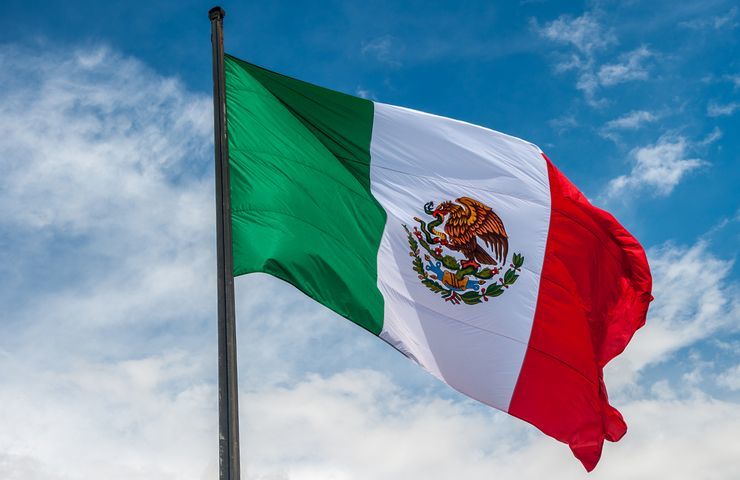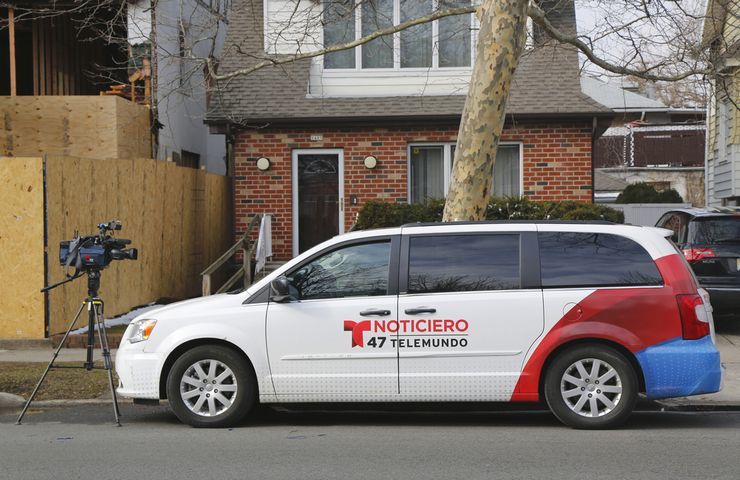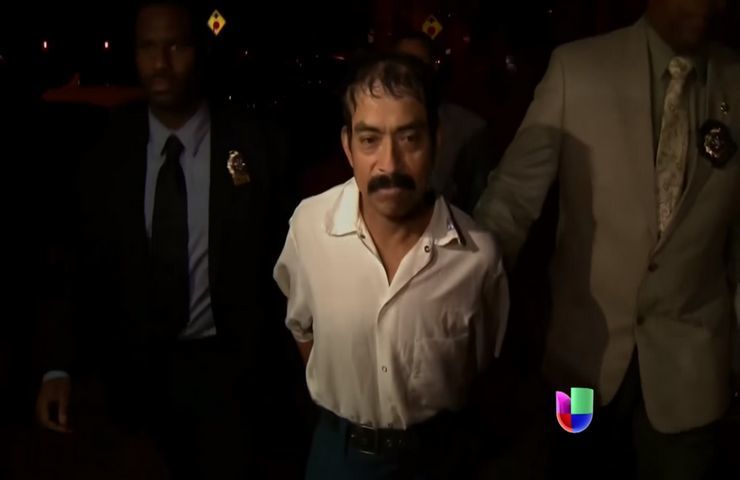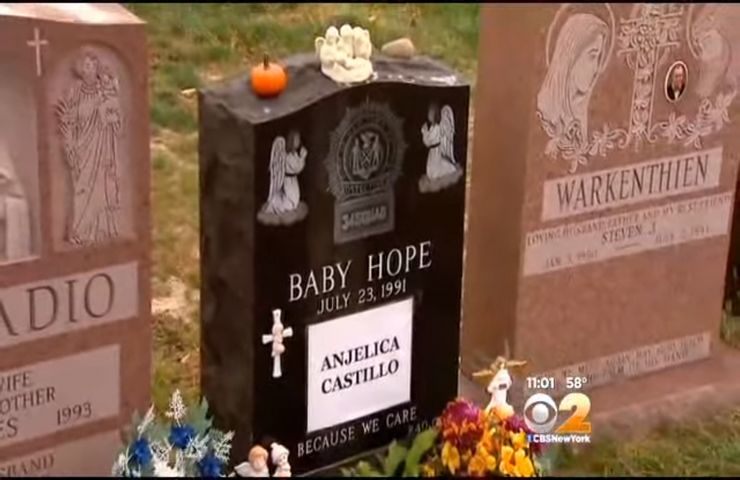New York City experienced an unprecedented amount of homicides in 1991 – 1,886 to be exact. Since that year, the number of homicides has gone down significantly, but no one will forget the horror that occurred in the early ’90s.
This included the subway murder of a young tourist from Utah. The case known as “Baby Hope” remained notorious. Here’s what happened in the “Baby Hope” cold case that was solved 22 years later.
New York City 1991
While all the homicides that occurred in 1991 were horrible, one involving a little girl stood out from the rest. On July 23, 1991, a construction crew was working on a building along Henry Hudson Parkway, when workers came across a blue cooler. Inside, they found the stuff of nightmares.
Blue Cooler
Under a handful of soda bottles and water (which was presumably ice at one time), was a dead child. Her body was bound with cords and rope and she was placed in a fetal position with her hands pressed together. The girl’s body was then wrapped in a garbage bag and placed inside the navy blue cooler.
Baby Hope
Since no one knew the girl’s name and they had no way of identifying her, she was called “Baby Hope.” Police detectives decided to call her “Baby Hope” because hope was all they had left in their attempt to solve her case. Investigators believed she was Hispanic and she had dark, wavy hair in a ponytail.
VictimoOf Sexual Abuse
The little girl was terribly malnourished, weighed only 28 pounds, and it was apparent that she was a victim of sexual abuse. When she died on or around July 18, 1991, she was estimated to be between three and five years old. After the remains were originally discovered, a witness told authorities that she had seen a Hispanic man and woman carrying a cooler in the location where the body was found, but the case went cold.
Burial
Detectives donated a casket to bury the little girl and her headstone was marked as “Baby Hope.” One of the officers who was investigating the case led a eulogy and two hundred people were in attendance. In 2006, “Baby Hope’s” body was exhumed, and in 2011 DNA information was obtained. But two years later, in 2013, detectives received a break in the case they never saw coming.
Tip
A tip came in over the summer that led police to identify “Baby Hope” as 4-year-old Anjelica Castillo. This led police to Anjelica’s sister, who said that Anjelica had been killed years ago. DNA then confirmed the sisters’ link to their biological mother.
Estranged
Anjelica’s mother, Margarita Castillo, who lived in upper Manhattan, told detectives that she and the girls’ father had split after her birth, leaving him with custody. Anjelica’s abusive father, Genaro Ramirez, took two of his three young children and disappeared. Margarita explained to police that she believed that her ex-husband had probably taken the girl back to his native Mexico.
Queens
In reality, he left Anjelica in New York, taking her to stay with the children’s adult cousin, Balvina Juarez-Ramirez, who lived in a house in Astoria, Queens. It turned out that Balvina’s brother and Anjelica’s cousin, Conrado Juarez, admitted to torturing, raping and sodomizing the child before smothering her. His confession came 22 years later.
Torture
Juarez who was 30 years old at the time of the murder, had bound Anjelica to a table in his sister’s apartment and deprived her of water on multiple occasions. He claimed he didn’t originally intend to kill Anjelica but then suffocated her with a pillow after she cried out during her rape.
Car Service to Manhattan
After Juarez informed his cousin Balvina that their cousin was dead, he claimed she insisted they dispose of the body. That’s when Anjelica’s body was placed in a cooler and the siblings took a car service to Manhattan to dump the cooler. Margarita, believing her daughter was in Mexico with the father, never reported her missing. She was also unable to communicate in English.
Missing Child
Margarita did claim that she and her family had searched for her daughter but were unable to locate her. For that, she became the subject of much criticism and anger when Anjelica was finally identified in 2013. Other reports revealed that her family also neglected to report her missing, as some of the other family members, including Margarita, were undocumented immigrants.
Feared Being Deported
They feared that if it was discovered that some were in the country without documentation during the course of an investigation, that they would be deported. Juarez, Anjelica’s killer, was initially questioned by detectives after being located working as a dishwasher in a restaurant in Greenwich Village.
Night of Her Murder
Jerry Giorgio, a former detective who worked on the case, told reporters that Juarez said on the night of Anjelica’s death that he had come home to the apartment drunk. He encountered Anjelica in the hall, took her by the hand, and “she went with him,” Giorgio said. “She may at one point have started to yell or scream, looking for help. That’s when he put the pillow over her face.”
Confession
The interrogation led to his confession and arrest for the crime. Although, before his arrest, he was believed to have traveled back to Mexico. He was subsequently charged with felony murder and police stated that they also suspect that Anjelica may not have been Juarez’s only victim.
Child Abuse
The New York Times quoted a law enforcement officer who requested anonymity as saying that Juarez’ sister, Balvina (now dead), had been involved in the abuse of other children, along with, and apart from, Juarez. When Margarita was first interviewed by reporters, she refused to show her face but spoke through a closed door. She gave the explanation of why Anjelica was not reported missing and also described the devastation she felt when she learned her daughter was gone.
Artist Recreations
Some family members and friends of Anjelica’s family didn’t even know she existed. Anjelica’s sister, Laurencita Ramirez, said that she didn’t become familiar with “Baby Hope” until the case was reopened and publicized in 2013. When she saw the artist recreations of what they believed “Baby Hope” looked like before she was killed, Laurencita saw a resemblance between the victim and herself.
Fleeing to Mexico
She wondered if the still identified “Baby Hope” might be the missing sister she heard rumors about. Before Juarez confessed, Anjelica’s father was believed to be involved in her death. To this day, he has never been located, but he’s believed to reside in Puebla, Mexico, and it’s likely he’s unaware of what happened to his daughter after he left her.
Speaking out
Margarita eventually spoke out to press telling them that she confronted Juarez about 12 to 14 years ago at the Queens home. “I went to the house, sat at the table, and asked, ‘Where are my girls?’ and he said, ‘You need to pay for the time we supported them,’” Margarita said during an interview with Noticias Telemundo.
Interview
She demanded that Juarez let her see her girls. Juarez allegedly responded, “When I returned from Mexico there was only one girl, and they told me the other girl was dead.” When Margarita was asked in the interview what she would say to her dead daughter, she replied, “I would ask her to forgive me, that I wish I could have stopped him before he could hurt her.”
Confrontation
“I would ask her to forgive how I let my children be taken away from me,” she added. Margarita said she initially kept tabs on Anjelica with the help of a neighbor near the Astoria apartment where the tragedy took place. “I would ask her, ‘How’s my girl doing?’ and she … would say, ‘Yes, I saw her. She’s at the house.’” But eventually, when Margarita tried to return to the house, they had moved, and she didn’t know where they moved to until Balvina died.
